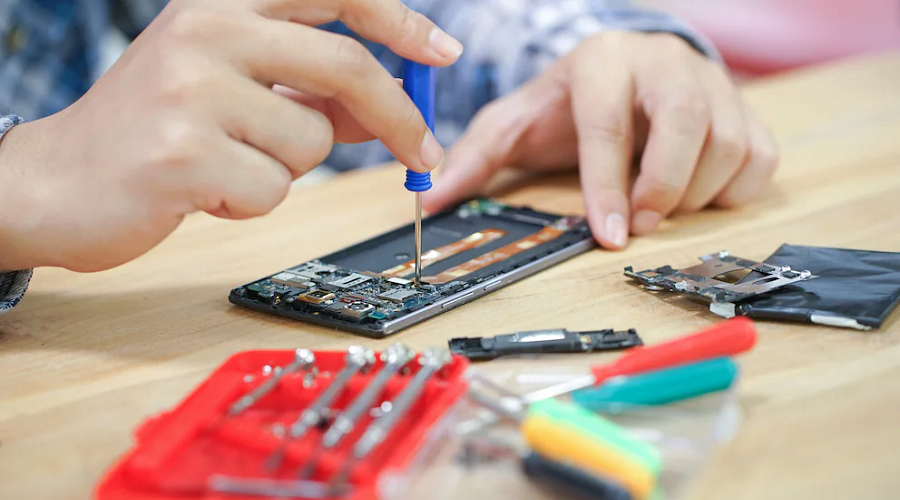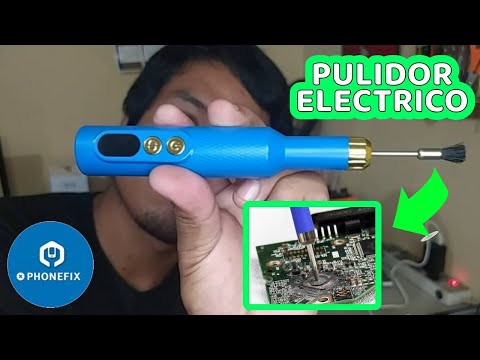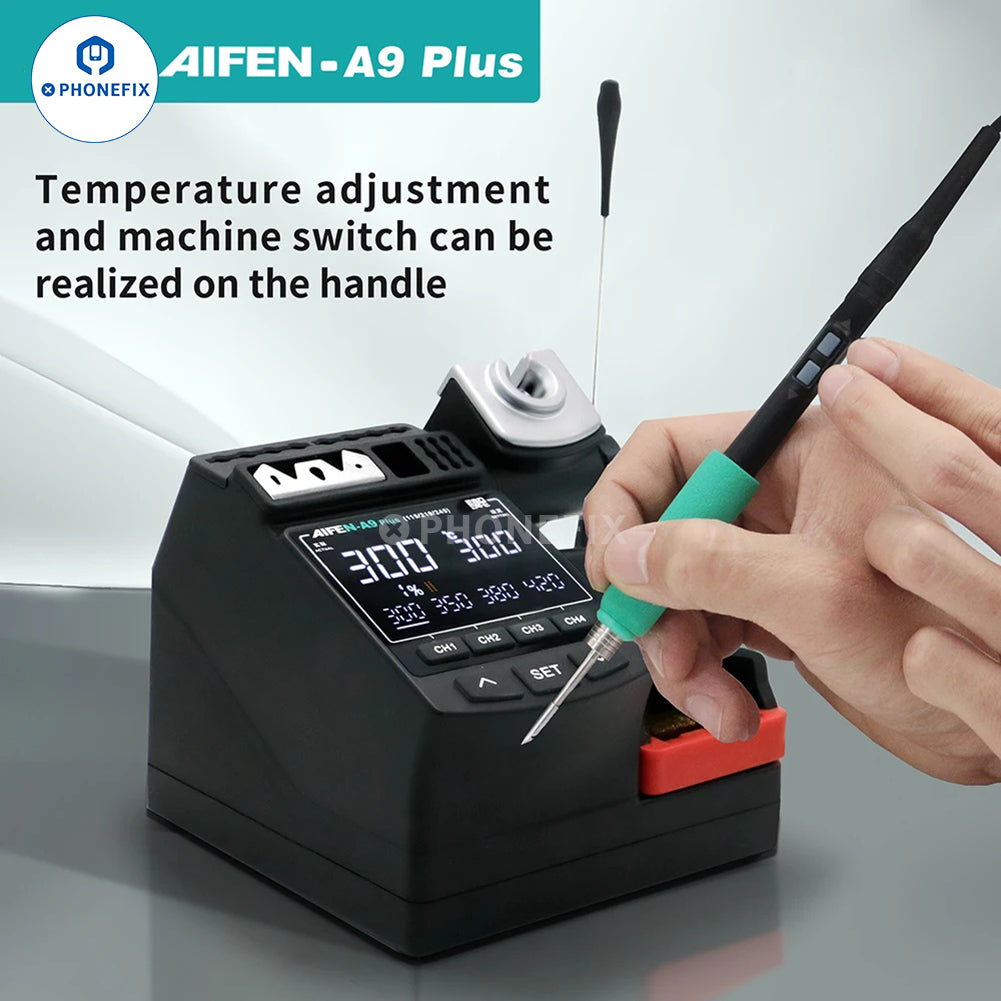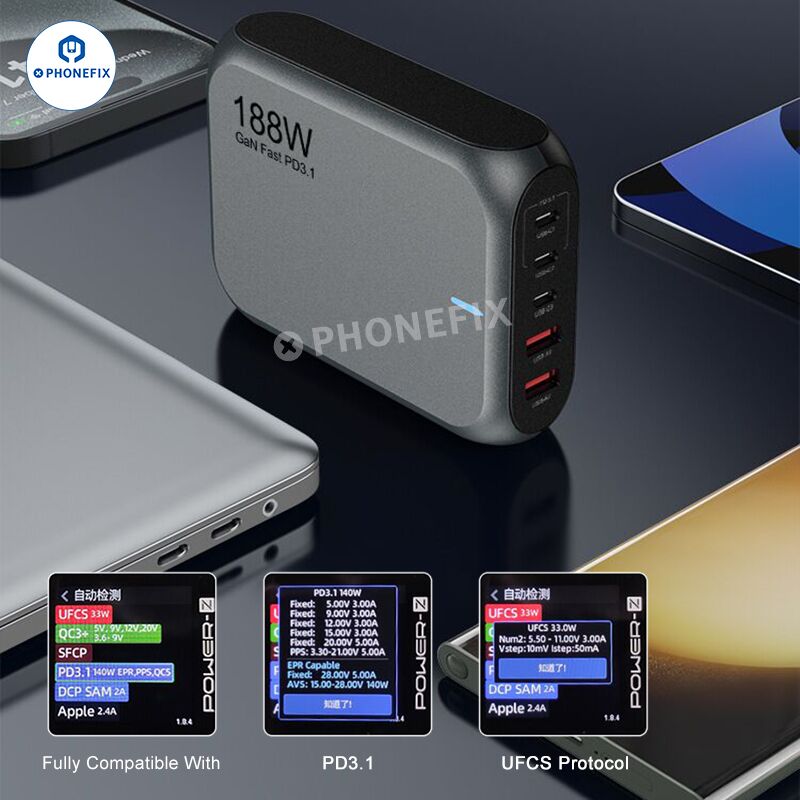
Tools and Equipment Required for Cell Phone Repair
If you need iPhone LCD screens, batteries,cameras or Hand tools, Power tools, Phone repair tools, Microsoldering Tools, Phone accessories, China Phonefix is a good choice to get them.If you are moving with the DIY repair, then you need to have the necessary tools and equipment with you. So here are the essential tools you'll need:
All of these tools and parts mentioned are available at China Phonefix Shop.

1. Cell Phone Repair Hand Tools:
- Universal Hand tools: Includes screwdrivers, wrenches, pliers, etc. Used for disassembling and assembling various components of the phone.
- Screwdriver Tools: Used for removing and securing screws in the phone.
- Tweezers & Knife Tools: Used for handling small parts and performing delicate operations.
- Phone Opening Tools: Used for opening the phone casing, facilitating access to internal components.
- Screen Opening Fixture: Used for safely removing the phone screen to avoid damage.
- PCB Holder Fixture: Holds the motherboard during repair, facilitating soldering and testing.
- PCB Separating Fixture: Used for separating components and connectors on the phone's motherboard.
-
Others Assist Tools: Includes various auxiliary tools such as suction cups, spray guns, hot air guns.

2. Cell Phone Repair Power Tools:
- Electric Power Tools: Includes various electric tools used for specific repair tasks.such as cooling curing fan, DIY marking engraving tool, Mechanic vacuum ultrasonic cleaner.
- DC Power Supply: Provides stable power supply for testing and troubleshooting, such as Wanptek, MECHANIC THOR, Aixun P3208, SUGON 3005PM, RF4 3005Pro DC power supply.
- USB Port Tester: Used for testing the functionality of USB ports in the phone.
- PCB Grinding Tool: Used for grinding and smoothing PCB surfaces.
- PCB Heating Platform: Provides controlled heating for soldering and desoldering components on the PCB.
- Digital Multimeter: Measures electrical parameters such as voltage, current, and resistance during troubleshooting.
- Digital Oscilloscopes: Used for analyzing and troubleshooting electronic signals in the phone.
- Soldering Magnifying Glass: Provides magnification for detailed soldering work.
- Thermal Imaging Camera: Used for detecting thermal abnormalities in the phone's components, such as LINCSeek SuperCam, Qianli Super Cam X, Cam Y, Mechanic STI-08 thermal imager camera.
- Live Streaming Camera: Allows live streaming of repair demonstrations or remote diagnostics.
- Machine Vision Cameras: Used for capturing high-resolution images for detailed inspection and analysis.
- Machine Vision Lens: High-quality lenses used in conjunction with machine vision cameras.
- USB HDMI Webcam: Used for capturing video and images during repair processes.
3. Common Phone Repair Tools:

- Phone Repair Programmer: Used for programming and flashing firmware on the phone, such as JC V1S Pro, V1SE, i2C i6S programmer.
- Face ID Repair Tool: Specifically designed for repairing Face ID components.
- Phone Unlocking Tools: Used for unlocking locked phones or bypassing security features.
- Battery Tester Tool: Measures the health and performance of phone batteries.
- Watch Restore Tool: Used for repairing and restoring watch components.
- Phone USB Charging: Provides charging capabilities for testing and diagnostics.
- Phone Power Cables: Various cables used for connecting and powering different phone components.
- Screen Repair Tools: Includes tools for removing, replacing, and repairing phone screens.
- Pre-heating Station: Used for preheating phone components before repair or desoldering.
- Film Cutting Machine: Cuts screen protector films for precise fitment.
- Screen Refurbishing Machine: Used for refurbishing and repairing damaged phone screens.
4. Cell Phone Repair Microsoldering Tools:

- BGA Soldering Station: Specifically designed for soldering and reworking BGA components, such as AIFEN A902, XZZ FX-210, Aixun T3B, i2C NANO, WEMON T31 soldering station.
- BGA Rework Station: Used for removing and reballing BGA components on the phone's motherboard, QUICK 861DW, ATTEN ST-862D, SUGON 8620DX rework station.
- BGA Reballing Stencil: Used for applying solder balls to BGA components during reballing.
- BGA Reballing Platform: Provides a stable platform for reballing BGA components.
- Iron Tips & Nozzles: Various soldering iron tips and nozzles for different soldering tasks.
- PCB Soldering Tools: Tools and accessories for soldering and desoldering components on the PCB.
- Soldering Mat: Provides a heat-resistant surface for soldering and protecting the work area.
- Consumables: Various soldering consumables such as flux, solder wire, and solder paste.
- Smoke Fume Extractor: Removes harmful fumes and smoke generated during soldering.
- Electric Microscopes: High-magnification microscopes for detailed inspection and soldering work.
- Microscope Cameras: Attachable cameras for capturing images and videos through the microscope.
- Microscope Accessories: Accessories for microscope use, such as stands and lighting.
Understanding Cell Phone Components
Here in this section, you will need to understand the presence of different components inside your device before you move with the cellphone repair process.
Overview of the Main Components of a Cell Phone
- iPhone Accessories: Accessories specifically designed for iPhones, such as cases, chargers, and cables.
- iPhone Components: Various components for repairing and replacing specific iPhone parts.
- Android Phone ICs: Integrated circuits for repairing and replacing specific Android phone parts.
- Back Glass Replacement: Replacement back glass panels for phone models that have glass backs.
- Phone Screen Replacement: Replacement screens for phone models with damaged or non-functional displays.
- Screen Protector Film: Protective films for preventing scratches and damage to phone screens.
- Phone Protector case: Cases and covers for protecting the phone from physical damage.
- Phone other accessories: Various additional accessories for phone customization and enhancement.
- Battery Replacement Parts: Replacement batteries for phone models.
Common Issues Associated with Cell Phone Element
- Motherboard( Mainboard): Common issues include water damage, overheating, and conking factors. These can lead to various problems, from connectivity to total device failure.
- Screen: Common issues involve cracked or shattered defenses, dead pixels, or screen fluttering. Damaged guards can hamper visibility and touch responsiveness.
- Battery: Over time, batteries degrade, reducing capacity and shorter battery life. Overheating, swelling, or unforeseen drops in battery life can cause battery problems.
- Cameras: Camera issues include vague prints, focus problems, or crimes in landing images. Dust and debris can affect the lens, while software glitches can impact camera functionality.
Repairing Common Cell Phone Issues
Figuring and fixing the common issues can be your priority! Now, let's walk through the step-by-step process of repairing common cell phone issues:
Step-by-Step Attendants for Repairing Common Issues
1. Replacing a Cracked Screen
- Gather the necessary tools, including screwdrivers, plastic picks, and a relief screen.
- Safely power off the phone.
- Precisely disassemble the phone to pierce the broken screen.
- Dissociate the old screen and attach the new one.
- Assemble the phone, ensuring all factors are duly secured.
- Power on the phone and test the new iPhone Display Screen for functionality.
2. Replacing a Battery
- Power off the phone and remove the reverse cover.
- Precisely dissociate the old battery.
- Fit the new battery and ensure it’s duly connected.
- Reattach the reverse cover and power on the phone.
- Examiner battery performance to guarantee it’s performing correctly.
3. Fixing Water Damage
- Power off the phone incontinent and remove the battery (if possible).
- Disassemble the phone to expose its factors.
- Precisely dry the elements using a fur-free cloth or silica gel.
- Clean the parts with isopropyl alcohol to remove residue.
- Assemble the phone and power it on, checking for functionality.
4. Solving Software Problems
- Address software issues using software results, like resetting the phone to plant settings, streamlining the operating system, or using technical software tools.
Conclusion
Learning to repair your cell phone not only saves you money but also empowers you with the chops to breathe new life into your cherished cell phone. Start with simple cell phone repair, and gradually with the complicated ones. Fixing your own phone can be a rewarding hobby or even a side gig.Whether you are facing a cracked screen or a battery that will not hold a charge, give it a pass. Armed with the right Cell Phone Repair Tools and Knowledge, you can conquer those Common Cell Phone Repair issues.












